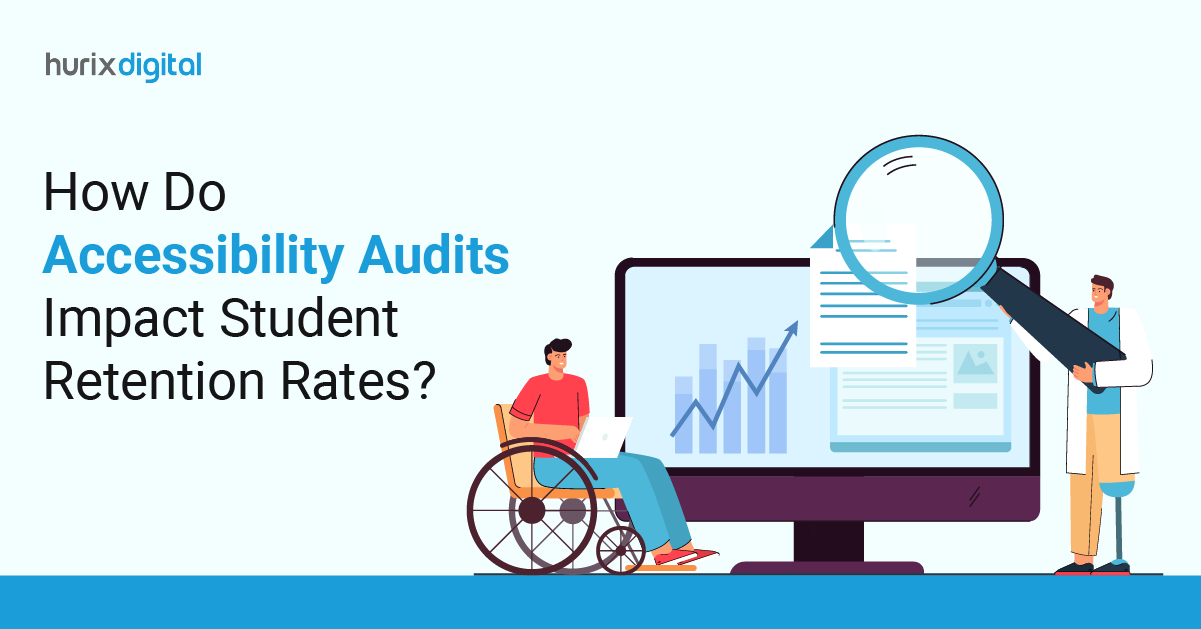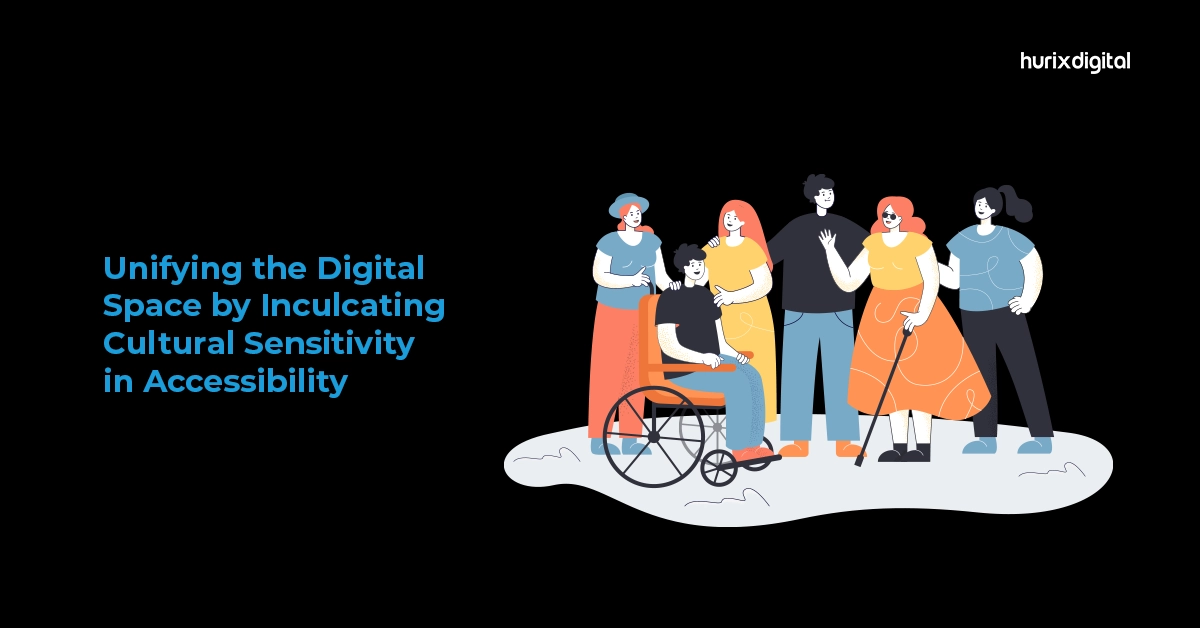
Power Your Old Documents with These Five Strategies
Summary
Learn five effective strategies for updating and enhancing older documents. This blog provides tips for improving the accessibility and usability of legacy content.
Revamping outdated legacy content is crucial for two reasons: a lack of accessibility features and poor SEO optimization. Accessible content improves SEO rankings and broadens audience reach. Neglecting accessibility means missing out on a significant audience.
With over 1.3 billion potential users and less than 1% clicking beyond the first page of Google results, inclusive design is essential for success. This article explores legacy content remediation, identifying valuable content, and implementing effective strategies to rejuvenate it.
Let’s begin!
Table of Contents:
- Covering the Basics: What Is Legacy Content Remediation?
- What to Look Out For! The Salvageable Elements of Legacy Content
- Five Remediation Strategies to Boost Content Quality
- Mining What’s Old Into Gold
Covering the Basics: What is Legacy Content Remediation?
Every business aspires to evergreen content that consistently attracts audiences. While there are effective content strategies, let’s face it, content strategies evolve, and sometimes, our older content needs a refresh. It is where legacy content remediation comes in.
Simply put, legacy content remediation is the process of reviving and revitalizing outdated content to meet current standards. Through this process, we can transform old documents into relevant and impactful pieces that resonate with today’s audience.
Also Read: PDFs 2.0: The Rise of Smart Remediation with AI and Automation
What to Look Out For! The Salvageable Elements of Legacy Content
There are quite a few document transformation methods to rekindle the fire of good content, but to effectively implement them; you must know what elements of old content still hold value.
Here are four aspects to review to understand its value and potential:
1. Evergreen Topics
Timeless themes or topics in foundational knowledge are always in demand. Remediating these topics with the latest examples or updated data can gain traction.
Examples of evergreen topics are numerous, such as B2B marketing fundamentals, cybersecurity basics, or healthy living habits. Each of these topics holds great value when updated with the relevant times.
2. Unique Insights
Content that offers a unique perspective, historical context that is not readily found on the Internet, or even primary research data covering extensive sample sizes are all examples of this element. Using these can attract a specific audience segment and are prime material for legacy content remediation.
3. Style and Voice
The quality of content often lies in its writing style or unique and impactful voice. This aspect of any legacy content is an excellent base for a refresh. It is best to spot this and let it go through a few layers of checks, considering that style and voice can be subjective elements.
4. Performance History
Web analytics is an important element to note before legacy content remediation. It involves reviewing the topic’s web traffic and the legacy content’s performance throughout its time online.
Examples of documents that have the potential for legacy content remediation would be if the topic was not popular when it was published but is now or was a higher-performing piece.
With your eye on these elements, legacy content remediation becomes quite easy. Next, we equip you with strategies for reviewing and refurbishing your old documents and content.
Five Remediation Strategies to Boost Content Quality
Now that we are informed about what aspects to look out for, it is crucial that the approaches you adopt boost the quality of your content and are the right fit for what you want from remediation.
Here are five strategies to incorporate as a part of your legacy content remediation process:
1. Pre-Remediation Strategy: Regular Content Audits
Legacy content remediation is not a one-time process. As time and technology march on, businesses must consistently review how relevant and adherent their content is concerning the latest standards of accessibility and SEO ranking.
A key strategy and practice that businesses must adopt is regular content audits. The strategy involves evaluating their content’s potential for legacy document enhancement and discerning what aspects need rework. The elements that we discussed earlier become an integral part of the content audits to understand whether tweaks are needed in SEO, accessibility enhancements, etc.
By using these strategies effectively, you can improve your content ingestion and enhance the impact of your existing legacy content!
2. Content Refresh
This strategy of legacy content revitalization is applicable if your content has been identified as valuable but requires updates in readability, revisions to align with current statistics, or enhancements concerning SEO. A content refresh involves a focus on data and typesetting aspects.
For SEO enhancement, we insert more relevant keywords naturally into the document, optimize meta descriptions, and improve title tags to have more hooks and energy. For readability, Content Refresh presents text in larger fonts or bullet points for easier visuals and better understanding.
If information is outdated, a content refresh boosts the article with current data sets, updated stats, and infographics. It also completes a fact-check to verify the correctness of the existing data.
3. Accessibility Makeover
This falls under a branch of content renovation techniques that boost inclusivity and compatibility. Accessibility makeovers spot and address accessibility issues, improve navigation and reading and ensure the content can be integrated with assistive technologies.
There are two main focus points during accessibility makeovers.
- The first one reworks content to be in line with Web Content Accessibility Guidelines (WCAG); this is done by updating appropriate alt text descriptions, compatibility with screen readers, and text-to-voice software.
- The second focus point works on improving the content structure and organization for easy navigation and upgrading the content’s contrast settings, color theme, layout, and font dynamics for enhanced readability.
4. Content Repurposing and Migration
Legacy content remediation focuses on making old content and data valuable. The content repurposing and migration strategy is a more meticulous approach than the document revitalization strategies.
Content migration is ideal when transitioning to a new content management system (CMS) or ensuring version control for compliance and organization. Content repurposing is preferable when high-quality data needs to be presented in more visible formats like infographics, videos, or social media posts.
Effective repurposing can significantly boost content traction, while migration facilitates seamless access to data and integration with new technologies into the CMS.
5. Post-Remediation Strategy: Measure and Analyze
While other legacy content remediation strategies involve review and refurbishment, this is no doubt one of the best content remediation practices that focuses on measuring impact.
To understand how effective your efforts are, it is crucial to measure the change in web traffic, user engagement, and search engine ranking after remediation. Based on the results, you can analyze whether your remediation strategies must be tweaked to meet audience expectations.
Also Read: Mobile App Accessibility Remediation: Making Your App Inclusive for All
Mining What’s Old Into Gold
Legacy content remediation is an integral part of continuously improving your content. Given that it has the potential to boost web traffic and user engagement without excessive research and fresh content themes, it is a must-have practice in your business.
After conducting a content audit, utilize strategies such as content refresh, repurposing, migration, and accessibility makeovers to transform old content into gold. To effectively spot the right strategy for your legacy content, expert guidance from companies like Hurix Digital is essential. Let’s advance the competition and establish a seamless remediation structure.
Contact us now to get started!

Vice President – Digital Content Transformation. He is PMP, CSM, and CPACC certified and has 20+ years of experience in Project Management, Delivery Management, and managing the Offshore Development Centre (ODC).








